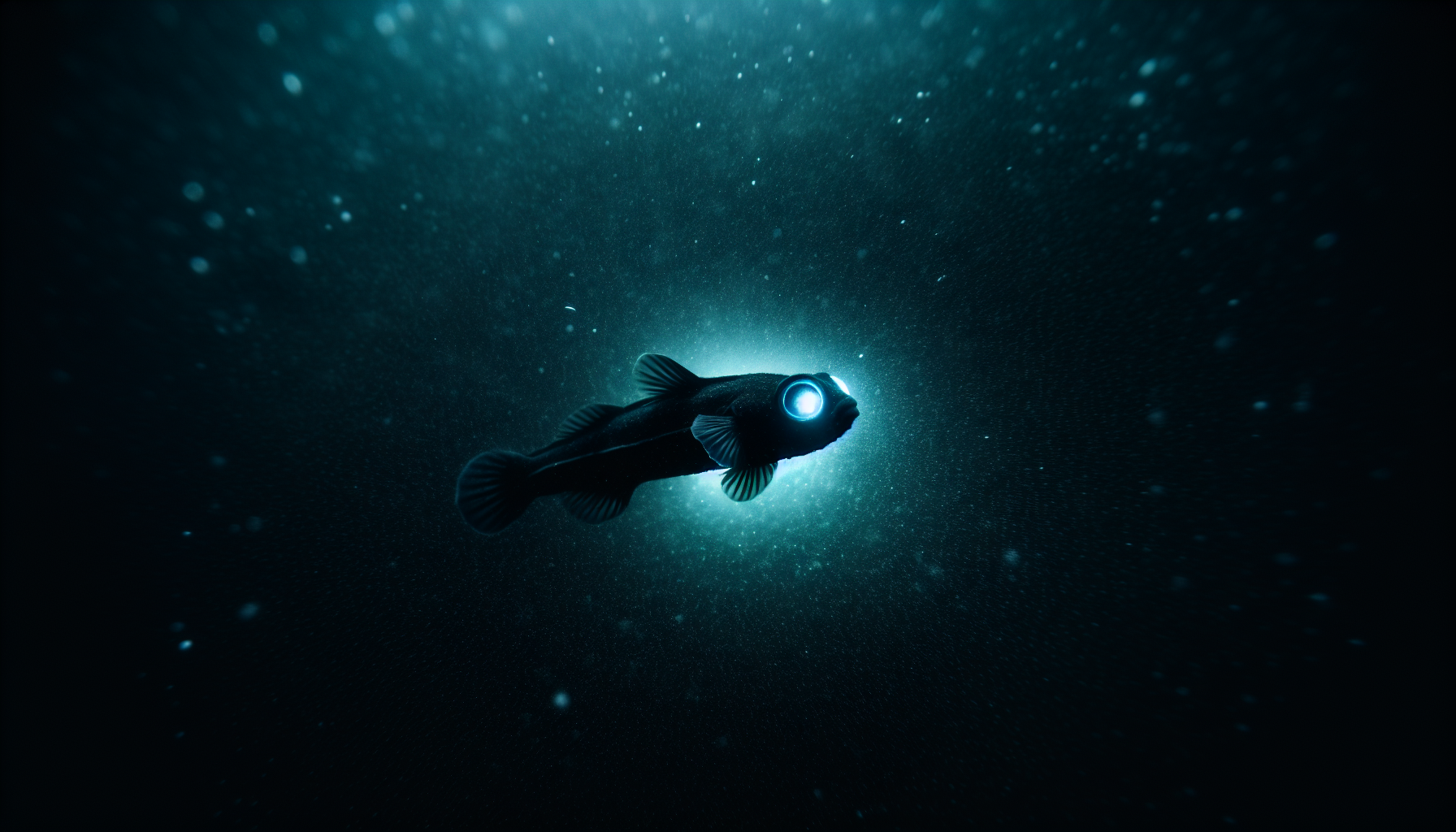
This luminous talent isn’t just about aesthetics; each flicker carries purpose. In some ecosystems, especially the deep sea, it’s an essential survival toolkit. Creatures use their glow to attract prey, fend off predators, or communicate with others of their kind. Take the flashlight fish as an example—its light-emitting bacteria are housed in pouches beneath its eyes, creating a blinking effect that feels almost otherworldly. Similarly, certain fireflies, synonymous with summer evenings, use detailed light patterns to court mates, turning forests and fields into glowing arenas of romance.
Strange facts about bioluminescence often highlight how life has adapted to some of Earth’s most punishing environments. Deep-sea animals, living thousands of feet beneath the water’s surface, depend heavily on these bioluminous traits. Without sunlight, light from living beings becomes more than spectacle—it’s a language and a means of survival. And while the dark ocean depths are especially renowned for glowing creatures, bioluminescence can also be found among land-dwellers and, to a smaller extent, fungi and microorganisms. Evolution has proven to be wonderfully creative with its glow-in-the-dark designs.
From a scientific perspective, the diversity in how these animals create light is as fascinating as the glow itself. Some species harbor bioluminescent bacteria in symbiotic relationships, while others produce the necessary compounds on their own. Even more surprising is how finely tuned their glowing abilities are—able to adjust brightness, frequency, or even location of light emission depending on what the moment demands. It’s an extraordinary adaptation that gives them an advantage in the vast, often merciless wilderness.
In the grand scheme of nature, bioluminescence isn’t the most common trait, but what it lacks in ubiquity, it makes up for in sheer wonder. It’s a vivid reminder that the natural world is full of brilliance, often hidden away where we least expect it.
Notable glowing animals and their habitats
Many of the bioluminescent wonders in the animal kingdom call the ocean home, where darkness reigns below the sunlit surface. The deep sea, in particular, is a hotspot for glowing animals, some so otherworldly that they feel more like creatures of myth than reality. The anglerfish stands out as a famous example. With a glowing lure protruding from its head like a living fishing line, it tricks smaller fish into swimming directly into its gaping jaws. It’s both eerie and ingenious, a silent trap formed from light in the black void of the ocean depths.
Not all glowing sea creatures are as ominous, though. The comb jelly, for instance, glides through the water with almost ethereal beauty. When disturbed, it lights up with streaks of rainbow-like waves, created by bioluminescence and the refraction of light. These organisms, with their shimmering trails, seem to transform cold ocean waters into something almost magical. Other striking examples include the tiny sea sparkle dinoflagellates, microorganisms responsible for making shorelines glisten like liquid stars on warm nights. One of nature’s strange facts is how even the smallest creatures can create some of its grandest displays.
Outside the water, the world offers more terrestrial examples, though they are far rarer. Fireflies are perhaps the most celebrated land-dwelling bioluminescent animals. On humid summer evenings, their twinkling creates a natural light show that feels equal parts mesmerizing and romantic. Each species of firefly has its own rhythm and frequency of light, like secret signatures in the night. Similarly, glowworms, found in caves or forests across the globe, dot the darkness with a softer, more constant light. In places like New Zealand’s Waitomo Caves, glowworm-covered walls transform the underground into a glowing galaxy, drawing visitors from all over the world.
Beyond insects, there are even stranger cases. One of the few known bioluminescent mammals is the pocket-sized springhare of sub-Saharan Africa. Under UV light, its fur emits an unexpected pinkish hue, although the exact purpose behind this glowing trait remains a mystery. Such examples highlight the diversity of creatures that light up, proving that bioluminescence isn’t confined to a single environment, purpose, or even form of life. From the smallest microorganisms to larger, more complex animals, this ability has woven itself into many corners of the natural world in fascinating ways.
Even plants and fungi dabble in the art of glowing, though they function differently from animals. Certain fungi, like the aptly named “ghost fungus” or “foxfire,” create faint, eerie green glows in rotting wood during the nighttime. These glowing fungi have inspired folklore for centuries, adding another layer to the wonder that bioluminescence brings to the natural world. Across oceans, forests, and caves, the glow of life radiates in ways that continually captivate and baffle onlookers, leaving behind more questions than answers about evolution’s peculiar brilliance.

